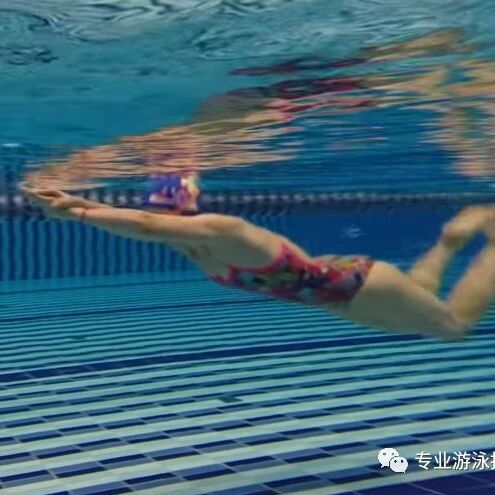Atypical skills in swimming: What you need to know for nonstop, effortless long-distance swimming

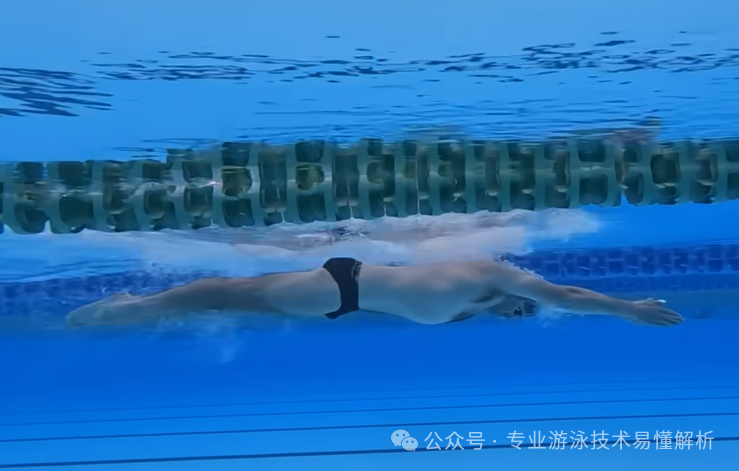
Swimmers who take just two or three laps before pulling over to the side for a break and a chat are usually there primarily to soak in the cool, refreshing water. For those who truly enjoy swimming, water becomes an essential part of life—no matter the season. As they approach the water, they’re instantly struck by an inexplicable sense of connection and calm. The benefits of swimming are numerous: first, it keeps you physically healthy, almost completely eliminating the need for medical visits—or even minor colds. Second, it leaves you feeling refreshed and rejuvenated, with a vibrant sparkle in your eyes. And finally, it inspires you to embrace life with the same gentle yet passionate spirit that water embodies: calm, open-minded, and full of energy.
There are many swimming enthusiasts—some of whom have even transitioned from pools to open waters, diving into rivers, lakes, and oceans; others have joined the ranks of winter swimmers, paddleboarders, or even ventured into the world of freediving. But the key to truly enjoying swimming is being able to glide effortlessly through the water for at least 30 minutes straight. For those who are serious about mastering the art of swimming, the goal should be to gradually build up to longer and longer sessions—whether it’s 30 minutes, an hour, three hours, or even more.
To achieve this kind of goal, simply mastering breathing techniques isn’t enough. As your swimming duration increases, you’re bound to encounter new challenges and situations—such as hiccups, water inhalation, leg or foot cramps, disrupted breathing patterns, fatigue, and even losing the desire to continue swimming altogether. Addressing these issues requires some unconventional skills, and this article shares valuable insights and personal experiences to help you tackle them effectively.
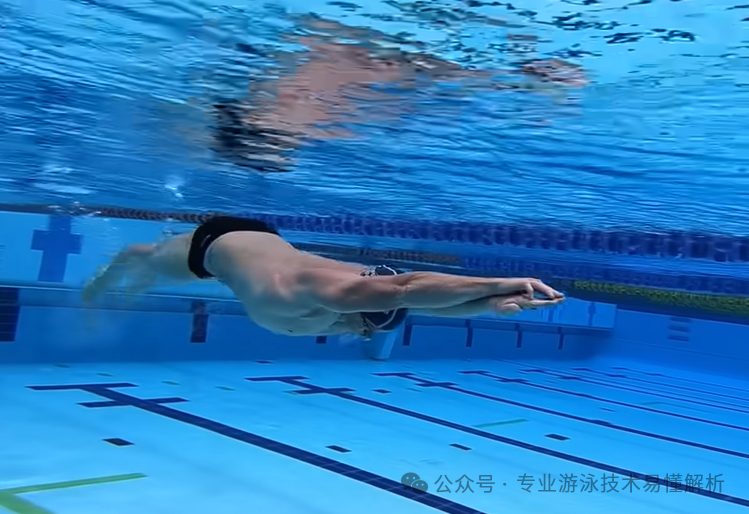
1. For long-distance travel, everything needs to be stretched out—be mentally prepared for it.
Unlike sprint swimming, where sheer power and speed are paramount, in long-distance swimming, conserving energy takes priority, followed closely by efficiency. It’s crucial to have enough energy reserves for critical moments—especially when swimming outdoors, where having extra stamina ensures a safe and smooth return. When swimming over extended periods, relaxing your body often translates into greater efficiency, as it reduces oxygen consumption during each stroke. That’s why the key principle of swimming technique for long distances is to "stretch" every movement, maintaining a fluid, effortless rhythm throughout.
Focus on keeping your arms and legs relaxed, avoiding any unnecessary tension. Let your arms naturally scoop and push the water while maintaining a smooth, controlled motion—aiming for long, efficient strokes. For your kicks, opt for either a two-beat or four-beat kick pattern, or even alternate between the two for a hybrid rhythm. Actively initiate body rotations to one side, ensuring that the pressure from these movements doesn’t transfer to your arm propulsion or leg kicks. Instead, engage your core by gently drawing your abdominal muscles inward throughout the stroke.
Long-distance swimming rarely employs the breaststroke, as it drains stamina very quickly. Considering both the distance covered and the energy expended, breaststroke offers poor value for money. It’s typically used only for briefly assessing water conditions or handling unexpected situations. If you do choose to swim long distances using breaststroke, make a conscious effort to keep your arms and legs relaxed—avoiding any unnecessary force or speed—and focus on maintaining a steady, rhythmic pace to conserve energy effectively.

2. After mastering breathing techniques, you must also learn how to adjust your breath.
When swimming for extended periods, you may sometimes feel discomfort in your mouth—similar to the dry, scratchy sensation you get when talking continuously on land. This can make you unconsciously swallow saliva, so it’s important to practice swallowing water even while you’re in the pool.
When breathing comfortably, you might sometimes feel like taking a deep, involuntary breath—or notice a slight urge for air to surge up from your chest. It’s similar to the sensation of needing to gasp deeply after running too fast on land. In such moments, while ensuring you don’t swallow or choke on water, gently allow a tiny bit of water to enter your nasal passages. Then, briefly hold your breath until the airflow feels smooth and balanced in your mouth, before carefully expelling the water from your nose.

One WeChat official account shares swimming tips, while another focuses on software insights, online resources, and reading experiences.
Thank you for your supportive and encouraging likes—especially appreciated are the comments that spark conversation, as well as more shares to spread the word!
Related Articles
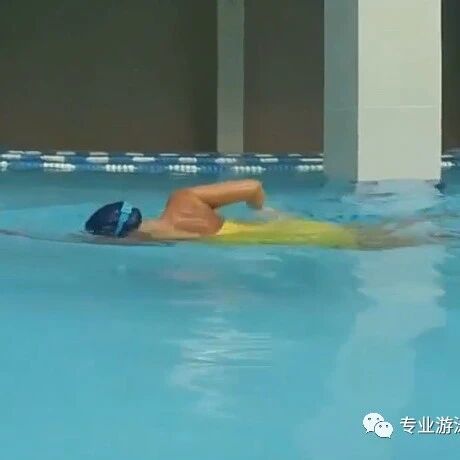
Why aren’t you swimming faster in your full immersion technique? Your focus needs to shift—quickly.
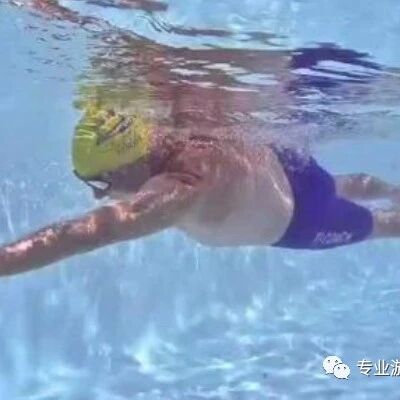
The strategic key point in full-body freestyle swimming—understanding the forward reach combined with shoulder and hip rotation.
